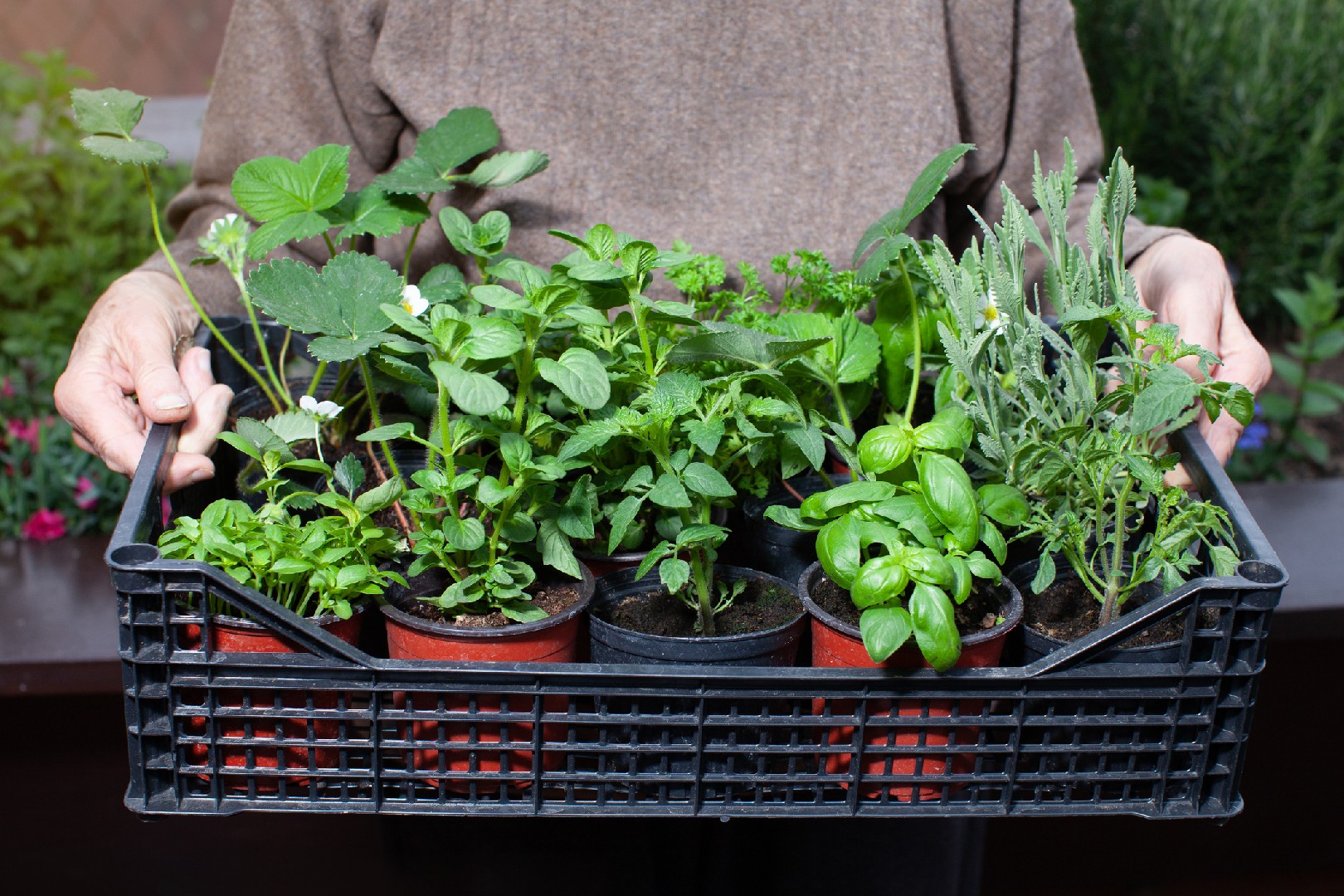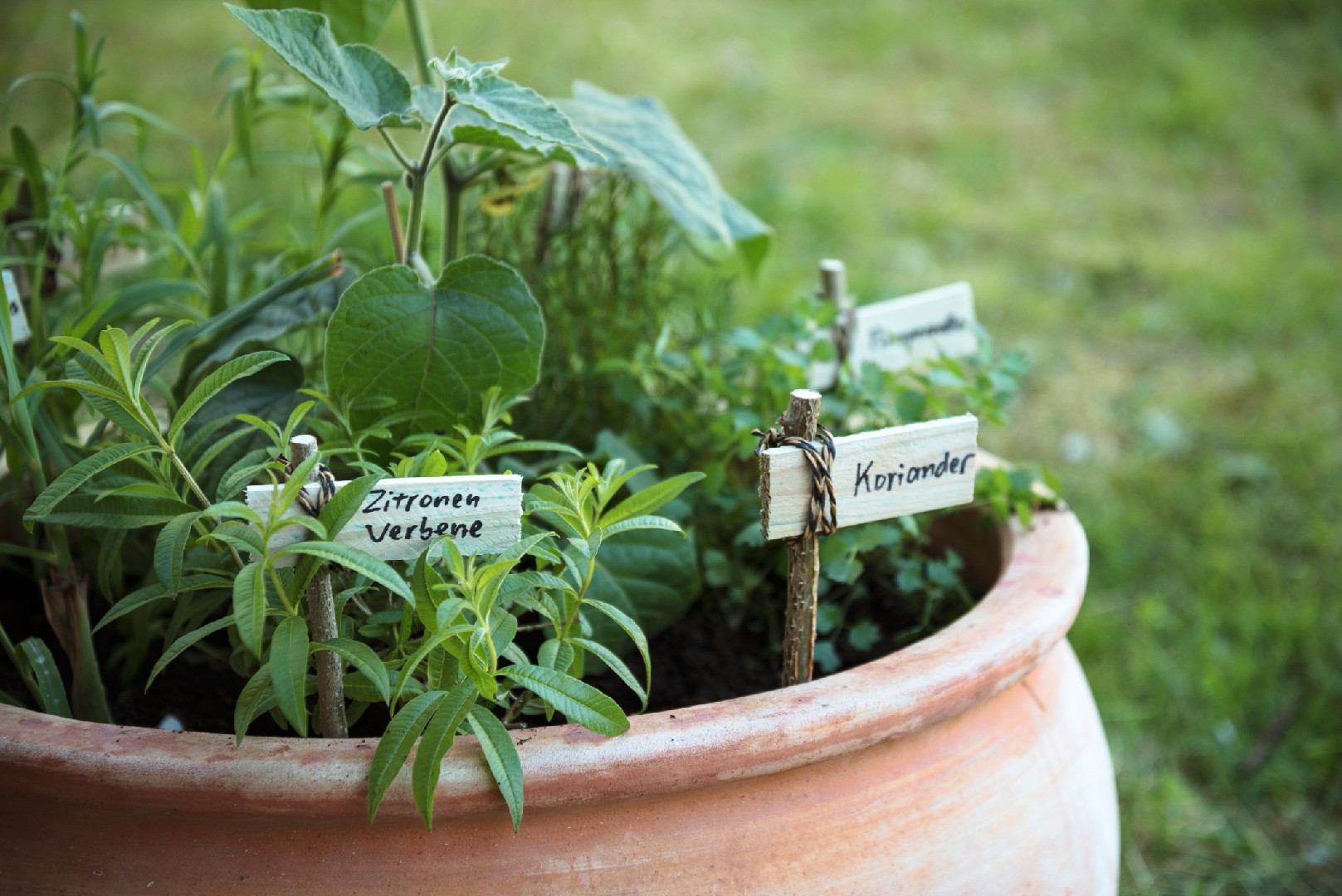![Rectangle]()
Understanding Companion Planting: The Science Behind It
Companion planting is a popular technique in gardening that involves growing certain plants together to benefit each other. This ancient practice is based on the science of how different plants interact with each other, both above and below the ground. Understanding the principles of companion planting can help you boost vegetable growth and enhance the flavor of your crops.
One of the key benefits of companion planting is its ability to promote plant health. Some plants, especially herbs, have natural pest-repellent properties that can help protect neighboring vegetables from pesky insects. For example, planting basil alongside tomatoes can deter tomato hornworms and aphids. Marigolds are another great companion plant that can repel pests such as aphids, nematodes, and whiteflies. By strategically planting these herbs alongside your vegetables, you can create a natural barrier against pests, reducing the need for chemical pesticides.
Companion planting also helps to improve soil fertility and structure. Certain plants have deep taproots that can break up compacted soil, allowing better water drainage and air circulation. For instance, planting carrots alongside onions can help loosen the soil, making it easier for both plants to grow. Similarly, legumes like beans and peas are known for their nitrogen-fixing abilities. They form a symbiotic relationship with specific bacteria that convert nitrogen from the air into a form that plants can use. By growing legumes alongside nitrogen-loving crops like corn or leafy greens, you can naturally enrich the soil with nitrogen and reduce the need for synthetic fertilizers.
Traditional farmers have been practicing companion planting for centuries, and there are countless examples of successful combinations. For instance, Native American agricultural practices often involve a trio known as the "Three Sisters": corn, beans, and squash. The corn provides a structure for the beans to climb, while the beans add nitrogen to the soil and help stabilize the tall corn stalks. The squash spreads along the ground, acting as a living mulch that suppresses weeds and retains soil moisture.
Modern gardening has also embraced companion planting, with many gardeners experimenting and discovering new combinations. Some popular examples include planting dill alongside cabbage to repel cabbage worms, and growing chives near roses to deter aphids. The possibilities are endless, and the joy of companion planting lies in exploring different combinations and observing the positive effects.
When it comes to companion planting, herbs play an essential role. Their strong aromas can confuse and repel pests, and they also attract beneficial insects like bees and butterflies. In addition to basil and marigolds, herbs like rosemary, sage, and thyme are commonly used as companions. Their aromatic foliage can help deter pests and improve the overall health of your vegetable garden.
To successfully implement companion planting, it's important to consider the specific needs and preferences of each plant. Some plants may have incompatible traits or growth habits that could hinder their companions. Researching and planning your companion planting combinations in advance will greatly increase your chances of success.
In conclusion, companion planting is a science-backed technique that can boost vegetable growth and flavor in your garden. By understanding the principles and experimenting with different combinations, you can create a thriving and vibrant edible garden. Incorporating herbs as companions is a smart choice, as they offer pest control, soil improvement, and aromatic benefits. So go ahead and start exploring the world of companion planting - your vegetables will thank you!





